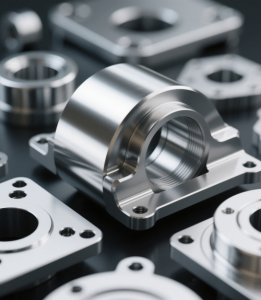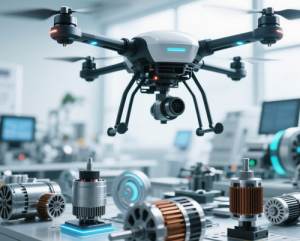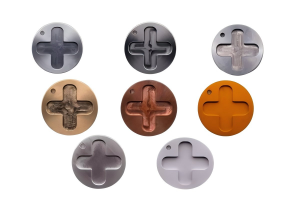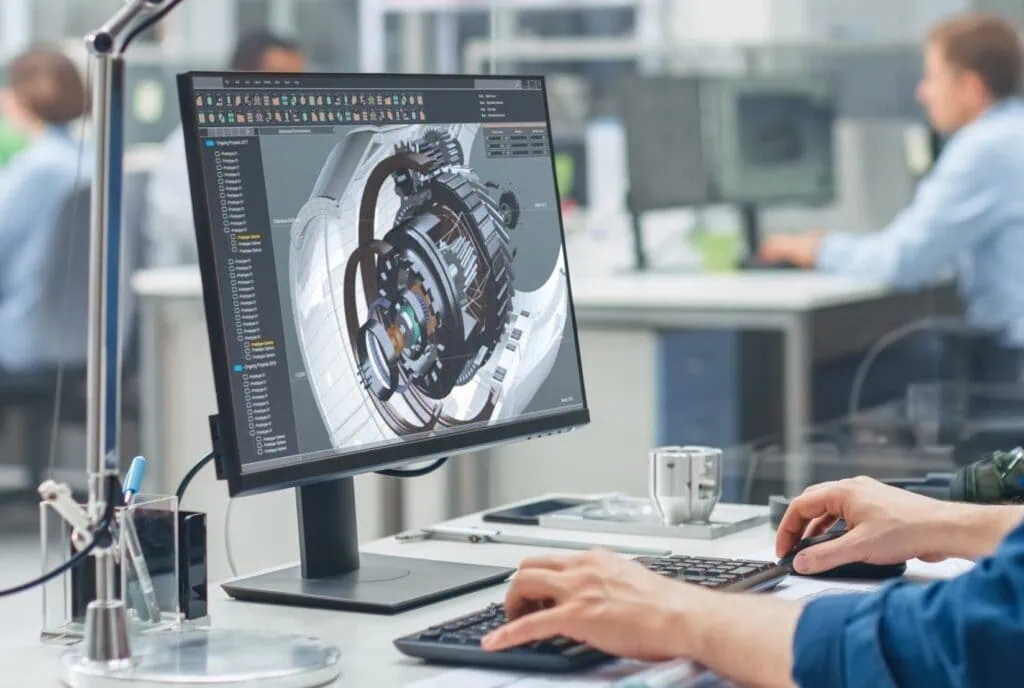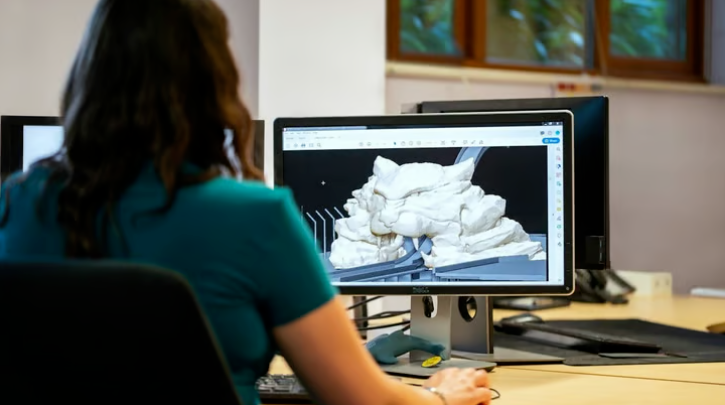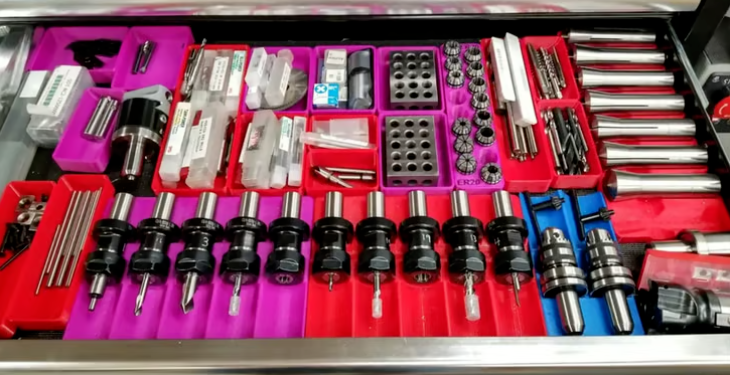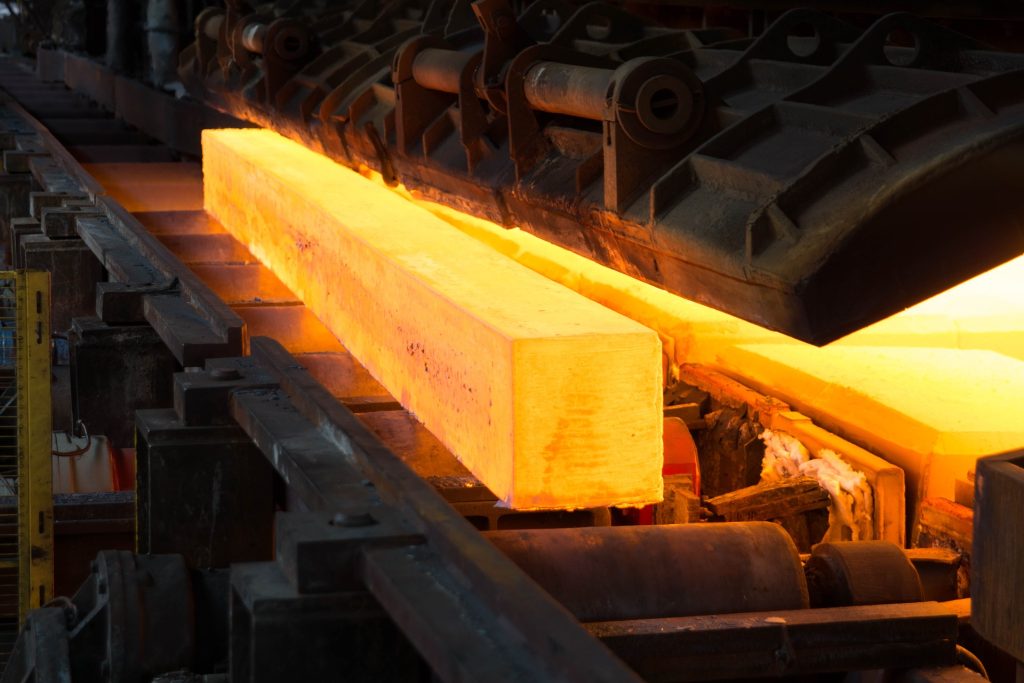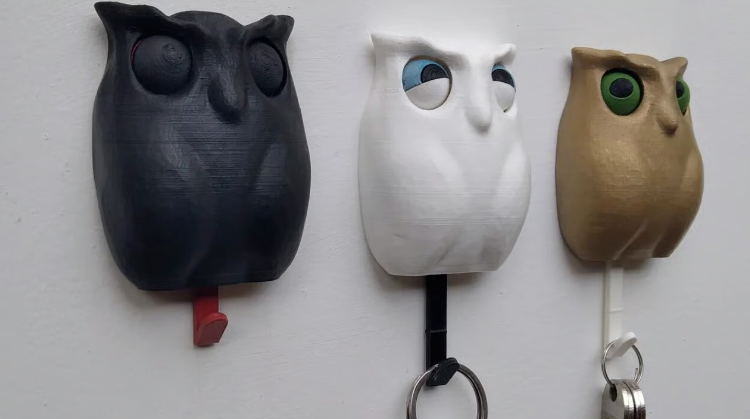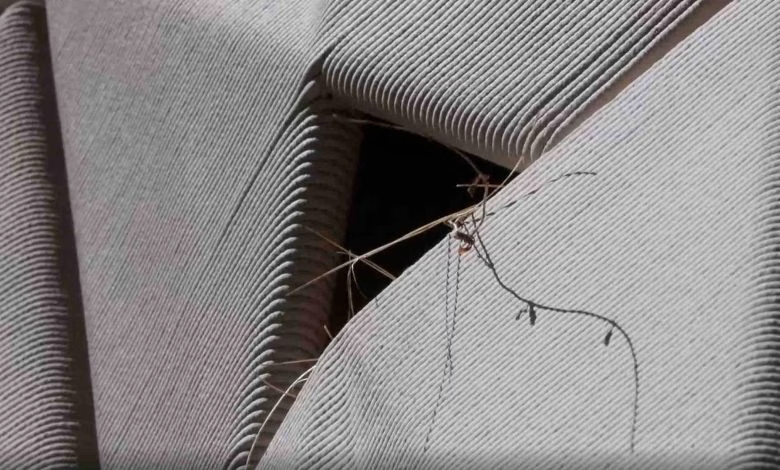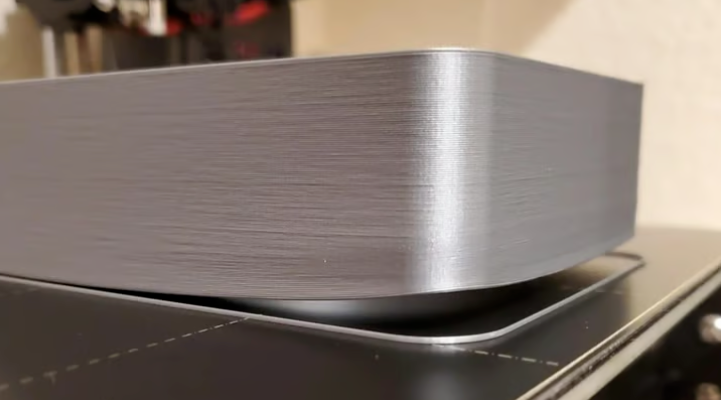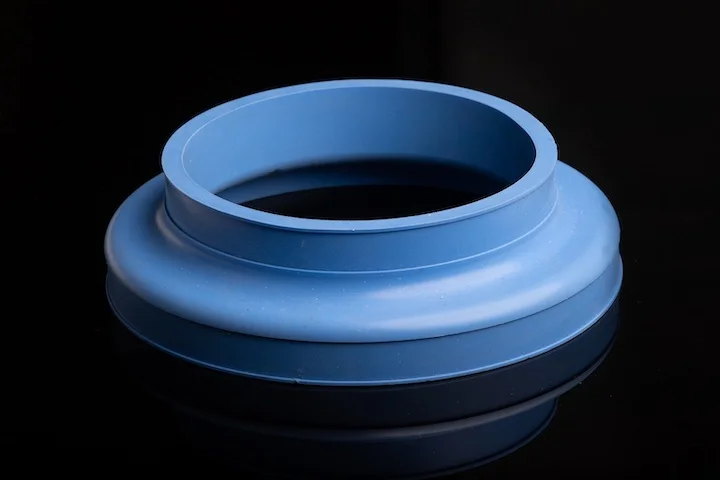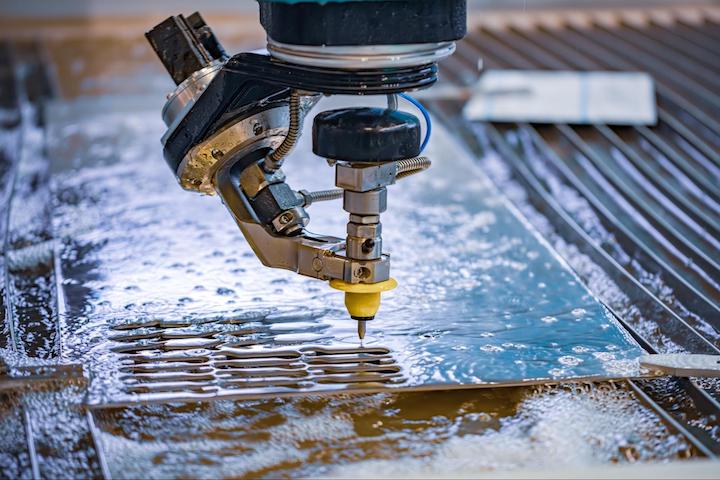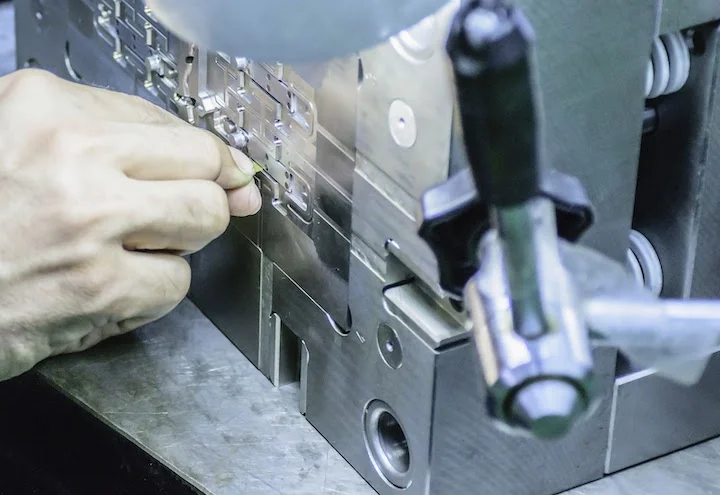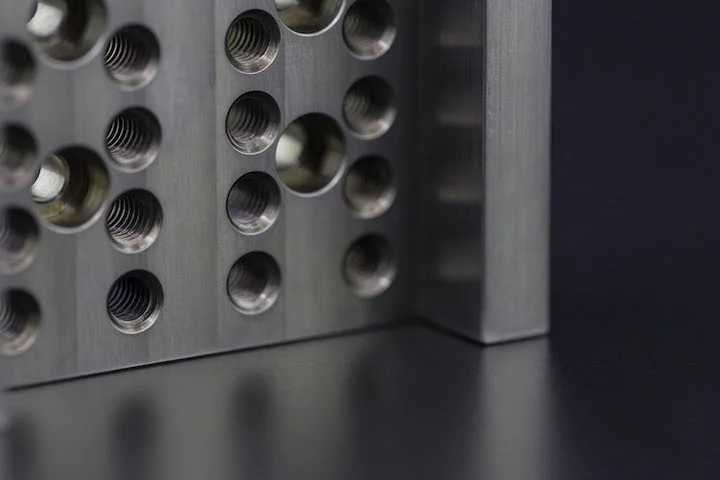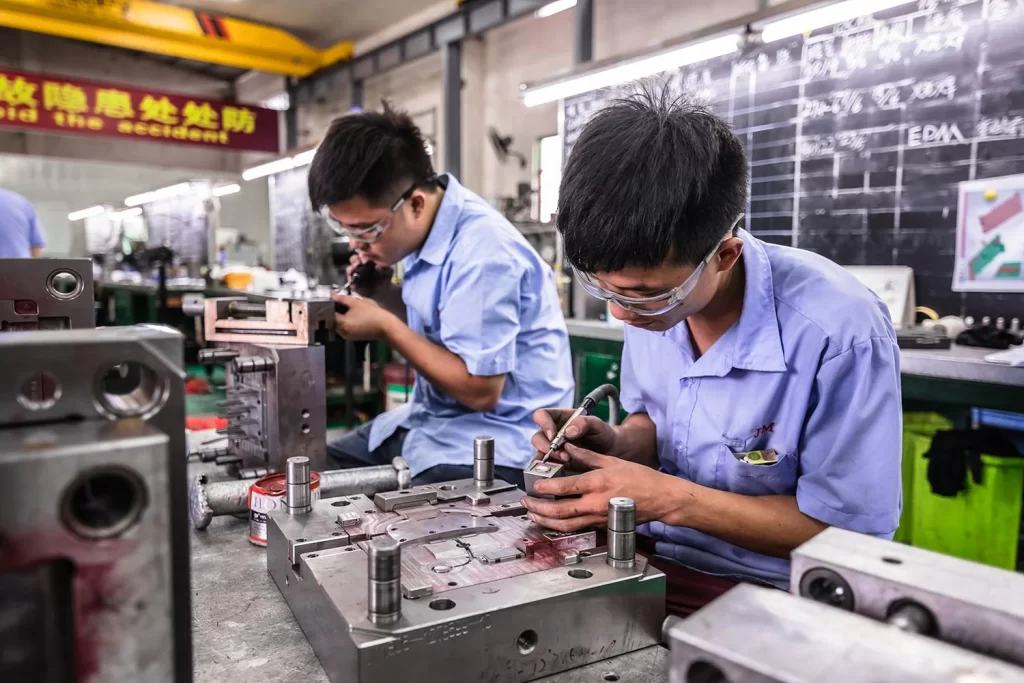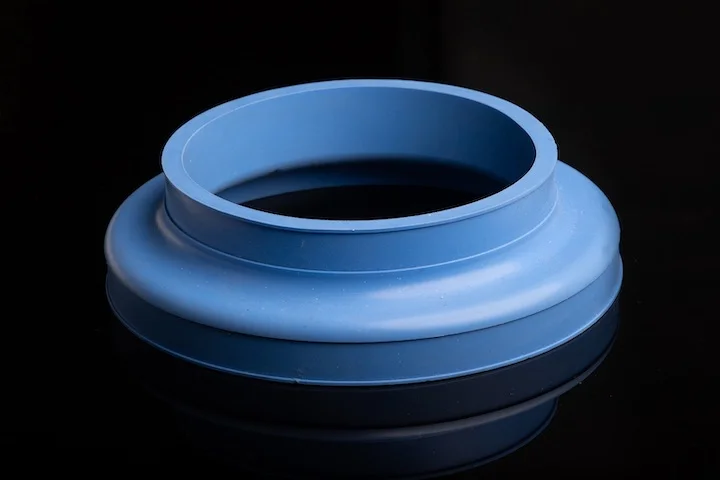3D printed faucets are taps manufactured using 3D printing technology, which allows designers and manufacturers to create unique and complex shapes that are difficult or impossible to achieve with traditional methods.
3D printing a faucet typically involves using metal powders and processes like Selective Laser Melting (SLM), Selective Laser Sintering (SLS), or other 3D printing techniques to build and melt materials layer by layer into the final shape. These faucets not only stand out for their innovative designs but also offer greater flexibility in manufacturing, enabling customization based on customer needs.
Advantages of 3D Printed Faucets
- Design Freedom: 3D printing technology allows designers to create complex and personalized designs that are hard to achieve with traditional manufacturing methods.
- Rapid Prototyping: It enables quick transition from design to physical product, shortening the product development cycle.
- Customization: Faucets can be tailored to users’ specific design and functional requirements.
- Reduced Waste: As an additive manufacturing process, 3D printing generates less material waste compared to subtractive manufacturing (e.g., milling).
- Complex Internal Structures: It can produce faucets with intricate internal channels and structures, which are difficult to manufacture conventionally.
Disadvantages of 3D Printed Faucets
- Cost: Although the cost of 3D printing technology is decreasing, the cost of single-piece printing remains higher than that of large-scale traditional manufacturing.
- Material Limitations: While the range of printable materials is expanding, it is still restricted, and the performance of certain materials may lag behind those used in traditional manufacturing.
- Post-Processing: Printed faucets may require additional processing steps such as grinding and polishing to achieve the desired surface quality and functional requirements.
- Productivity Efficiency: The production speed of 3D printing is generally slower than traditional manufacturing methods, especially for mass production.
3D printed faucets represent technological innovation in the bathroom industry, offering unlimited design possibilities and demonstrating the potential for flexibility and customization in the manufacturing process. Despite challenges in cost and efficiency, with technological advancements and cost reductions, 3D printed faucets are expected to become more popular in the future.
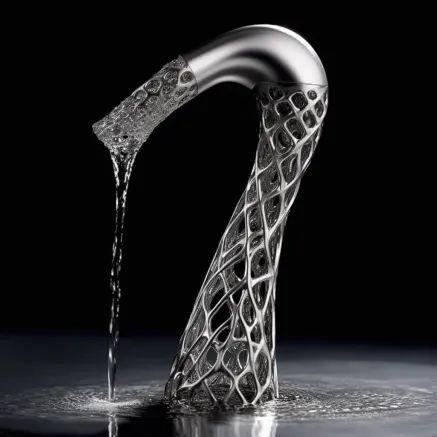

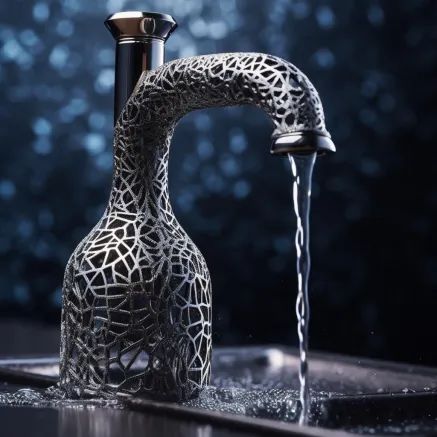

For more information, please contact us at Debaolong Seiko. You are also welcome to upload your designs to Debaolong Seiko for a quotation.

